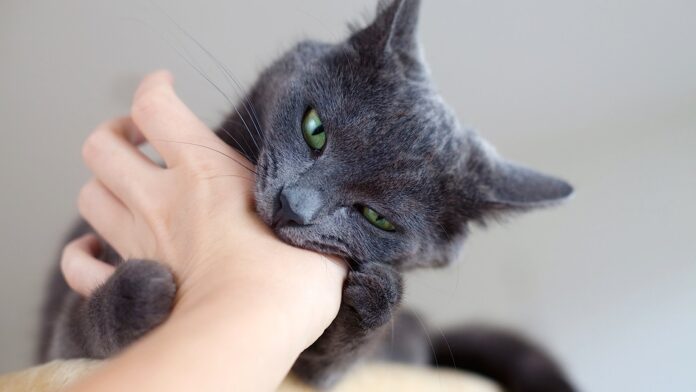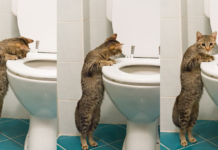Addressing cat behavior problems is an important aspect of responsible pet ownership. Cats, like all animals, may exhibit certain behaviors that can be challenging for both the cat and their owner. Understanding the reasons behind these behaviors and implementing effective solutions can lead to a happier and more harmonious relationship with your feline friend. In this article, we will explore common cat behavior problems and provide practical ways to address and manage them.
Common Cat Behavior Problems
- Inappropriate Scratching: Cats may scratch furniture or other household items, causing damage.
- Litter Box Issues: Some cats may urinate or defecate outside the litter box or avoid using it altogether.
- Aggression: Cats may display aggressive behavior towards humans or other pets.
- Excessive Vocalization: Some cats may meow excessively, leading to disturbance.
- Destructive Chewing: Cats may engage in destructive chewing behavior.
Identifying the Causes
- Stress and Anxiety: Cats can experience stress due to changes in the environment, routine, or the introduction of new pets.
- Territorial Issues: Cats are territorial animals, and conflicts may arise when territories overlap.
- Health Problems: Underlying medical issues can also lead to behavior changes.
- Boredom and Lack of Stimulation: Cats may act out when they are bored or not mentally stimulated.
Practical Solutions
- Consult with a Veterinarian: If you notice any sudden or significant behavior changes, consult with a veterinarian to rule out any medical issues.
- Provide Environmental Enrichment: Offer toys, scratching posts, and climbing structures to keep your cat mentally stimulated and prevent boredom.
- Litter Box Management: Ensure the litter box is clean and easily accessible. Avoid sudden changes in litter type or location.
- Positive Reinforcement: Use positive reinforcement techniques to reward desired behaviors and discourage unwanted ones.
- Desensitization: Gradually expose your cat to situations that trigger stress or anxiety to help them become more comfortable.
- Training and Socialization: Training and socializing your cat can help improve their behavior and reduce aggression.
- Avoid Punishment: Avoid punishment as it can worsen behavior problems and create fear.
- Seek Professional Help: If the behavior problems persist, consider consulting a certified animal behaviorist or cat trainer for specialized advice.
Conclusion
Addressing cat behavior problems requires patience, understanding, and a commitment to providing a nurturing environment for your feline companion. By identifying the potential causes of behavior issues and implementing appropriate solutions, you can help your cat overcome challenges and develop into a well-behaved and contented pet. Remember that each cat is unique, and addressing behavior problems with love, compassion, and positive reinforcement can strengthen the bond between you and your beloved feline friend.



